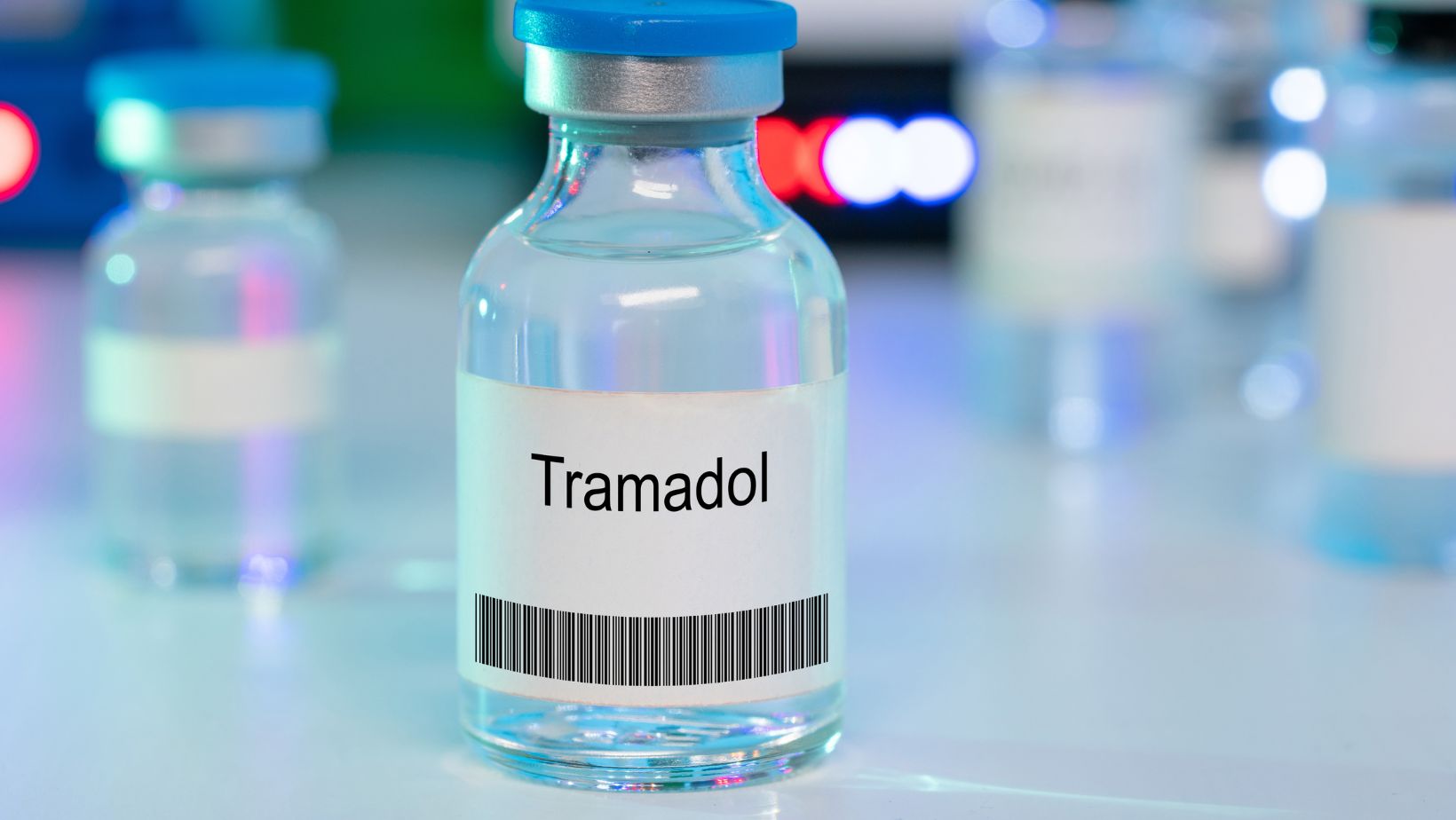
Tramadol and meloxicam are commonly prescribed medications used to manage pain and inflammation. While these drugs can provide relief for those suffering from various conditions, it’s important to be aware of the potential risks associated with their use. This article aims to shed light on the potential dangers of taking tramadol and meloxicam together, highlighting the importance of consulting with a healthcare professional and following prescribed dosages. Understanding the risks involved can help individuals make informed decisions about their pain management strategies.
Combining tramadol and meloxicam can pose serious health risks due to their similar mechanisms of action. Both medications work by altering the way the body perceives pain, but they do so in different ways. Tramadol is an opioid analgesic, while meloxicam is a nonsteroidal anti-inflammatory drug (NSAID). When used together, these drugs can increase the risk of side effects such as drowsiness, dizziness, and respiratory depression. It’s crucial to be cautious and seek medical advice before combining these medications.
Can You Take Tramadol and Meloxicam Together
Tramadol is a commonly prescribed medication for the management of moderate to severe pain. It belongs to a class of drugs known as opioid analgesics, which work by binding to opioid receptors in the brain and spinal cord. Tramadol is often used to treat conditions such as osteoarthritis, back pain, and post-surgical pain.
Unlike other opioids, tramadol also has additional effects on the neurotransmitters serotonin and norepinephrine. This dual mechanism of action allows tramadol to provide pain relief beyond what is typically achieved with traditional opioids.
What is Meloxicam?
Meloxicam is a nonsteroidal anti-inflammatory drug (NSAID) that is commonly used to reduce pain, inflammation, and swelling. It is often prescribed for conditions such as arthritis, osteoarthritis, and rheumatoid arthritis. Meloxicam works by inhibiting the production of certain substances in the body that are responsible for causing pain and inflammation.
Meloxicam comes in various forms, including tablets, capsules, and oral suspension. The dosage and frequency of taking meloxicam will depend on the specific condition being treated and the individual’s response to the medication. It is important to follow the instructions provided by your healthcare professional and not exceed the recommended dose.

Potential Risks of Taking Tramadol
When it comes to managing pain, tramadol is a commonly prescribed medication. However, it’s important to be aware of the potential risks associated with taking tramadol. Here are a few key points to consider:
- Addiction and Dependence: Tramadol is an opioid medication, which means it has the potential for addiction and dependence. Prolonged use or misuse of tramadol can lead to physical and psychological dependence. It’s crucial to use tramadol exactly as prescribed and to follow the recommended dosage.
- Side Effects: Like any medication, tramadol can cause side effects. Common side effects include nausea, dizziness, constipation, and headache. These side effects are usually temporary and subside as your body adjusts to the medication. However, if you experience severe or persistent side effects, it’s important to consult with your healthcare provider.
- Interaction with Other Medications: Tramadol can interact with certain medications, including antidepressants, sedatives, and other opioids. These interactions can increase the risk of side effects or negatively affect the efficacy of both medications. It’s important to inform your healthcare provider about all the medications you are taking to avoid any potential interactions.
- Respiratory Depression: Tramadol, like other opioids, can cause respiratory depression, which is characterized by slowed or shallow breathing. This is more likely to occur at higher doses or when combined with other central nervous system depressants, such as alcohol or sedatives. It’s vital to follow the prescribed dosage and avoid alcohol or other substances that may enhance the sedative effects of tramadol.
- Serotonin Syndrome: Tramadol can also increase the levels of serotonin in the brain. When combined with other medications that also increase serotonin levels, it can lead to a condition called serotonin syndrome. Symptoms of serotonin syndrome include agitation, hallucinations, rapid heartbeat, fever, and muscle stiffness. If you experience any of these symptoms, seek immediate medical attention.
Conclusion
It is crucial to exercise caution when taking tramadol and meloxicam together due to the potential risks and adverse effects associated with their combination. These medications have the potential to increase the likelihood of experiencing gastrointestinal side effects, cardiovascular events, and impaired kidney function. Moreover, they can interact with other medications, compromising their efficacy or elevating the risk of side effects. To ensure the safe and effective use of these medications, it is important to adhere to the prescribed dosage and maintain open communication with healthcare providers.












